Right from day one when Meizu announced the M8 phone, it has gained attention because of its resemblance with the mighty iPhone. And with the announcement of this phone hitting our shores, it made us curious about how well this phone will perform, especially as it piggybacked iPhone’s craze and demand. Luckily, we managed to score an 8GB version for a few days and put it to test to know if it’s worth the hype or is it just another Chinese iPhone clone.
Packaged Contents:
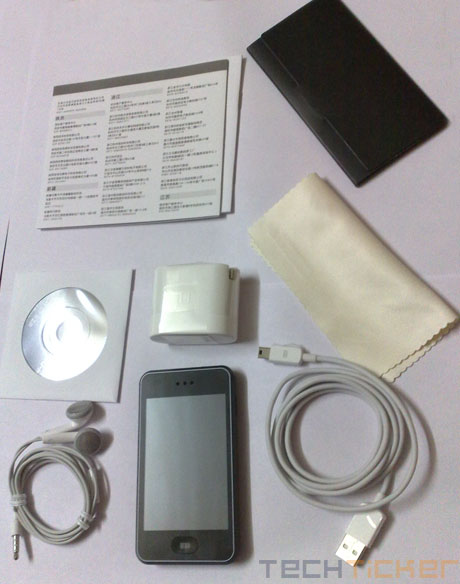
M8 handset (8GB)
Earphones
Charger
USB Data Cable
CD
Soft Cloth
Manual
Warranty Card
First Impression:
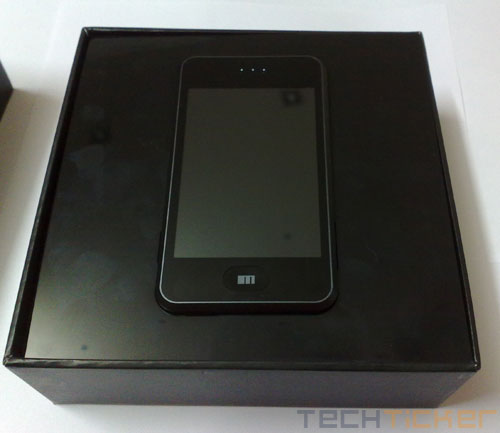
With a large screen and a single Menu button on the face, it only makes you think of the iPhone and how good they have cloned it. The phone has a nice build quality and feels solid in the hand. Skimming through the box further reveals its charger, USB Data Cable and earphones which are again inspired from Apple.
The Power button is placed on the top along with the audio jack. Right side places a one touch music access while the left has the volume controls. The bottom is taken up by the mini-USB slot and mic.
The phone is a fingerprint magnet and the soft cloth proves to be a real boon as it helps to wipe off all the smudges from the phone.
Starting up:
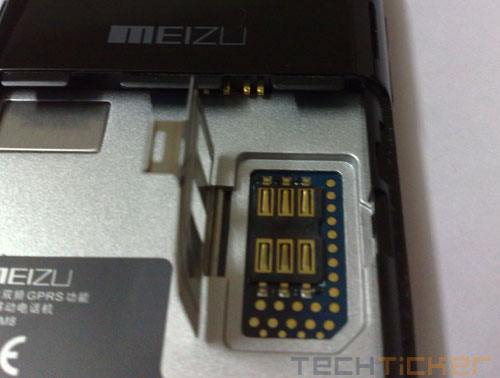
Despite the solid feel of the phone, the battery cover was thin and tight, which for once, I thought will break if I apply more pressure. Finally, I did manage to open it which showed the 1200mAh battery and the SIM slot. Inserting the card was no brainer – open the clip, place the SIM on the slot, lock it and you’re set.
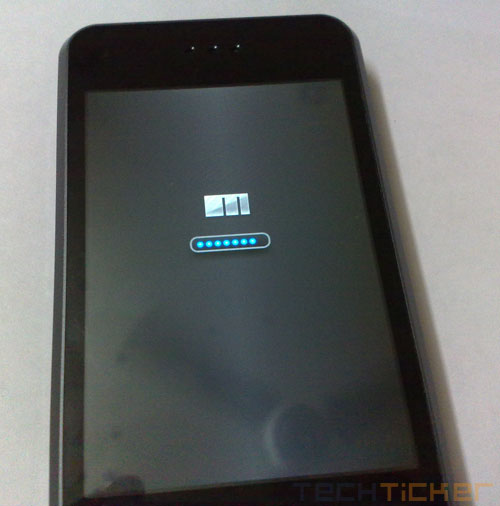
The boot process took a few seconds which was greeted by the Meizu logo followed by a progress bar to fire up the interface.
Display & User Interface:
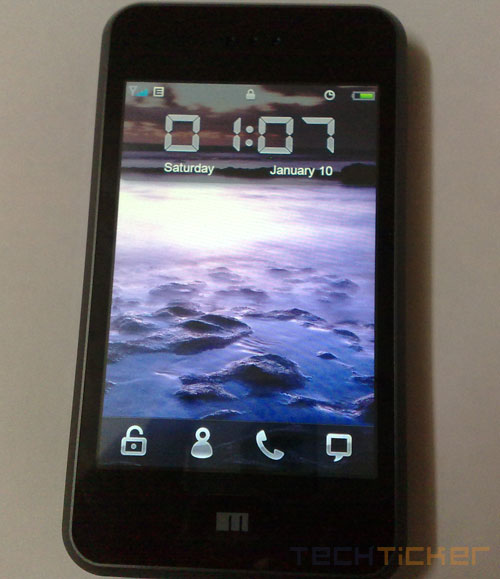
M8 has a huge 3.4-inch multi-touch capable screen running at a resolution of 720X480 pixels. And yes, it looks beautiful. The screen supports multi-touch gestures like tap, pinch to zoom etc.
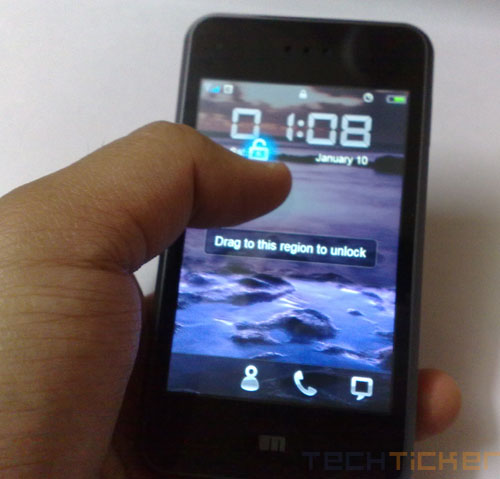
Unlike iPhone’s ‘slide to unlock’, M8 adopts a different unlock style. There are four icons on the bottom which can be dragged above to take the user to the menu, contacts, dialer or messages. The transition is smooth and reveals the designated area quickly. However, rest of the items were so iPhone-esque – the Springboard, keyboard, settings etc. The Meizu designers seemed really in love with the iPhone!
Music:
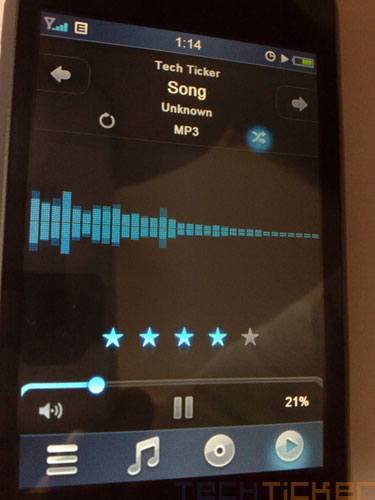
The music player can be activated by pressing the key on the right hand side of the phone or can be done by starting it from the M8’s Springboard. One of the few things I like in the Chinese phones is its speakers. And such is the case for M8 too. The music from the speakers is loud, really LOUD and that too without the song getting distorted. If you hear it on the earphones, you get the same good output but the earphone’s cheap quality can really turn you off.
On the software part, a user has the option to select from different EQ options. There’s a ‘refresh library’ option that automatically searches for the songs and adds it to the collection. Album art, shuffle, repeat rating and visualization are other music related bells and whistles.
M8 supports a number of music formats including APE, FLAC, WMA, OGG, WAV, MP3, AMR and AAC.
Video:
Just like the iPhone, M8’s large screen is a treat to watch videos. It can play any videos in AVI, MP4, 3GP, MOV, ASF, WMV, MPEG, MKV or FLV formats. I tried out an AVI and a 3GP file and they worked flawlessly.
Internet:
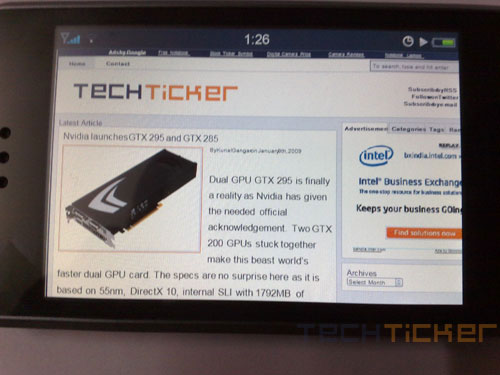
If iPhone has Safari, M8 comes preloaded with a customized Opera browser. Surfing on a Wi-Fi network with Opera was not much of a problem except the occasional hiccups. Browser used to hang if I tried to open a resource heavy website.
Camera:
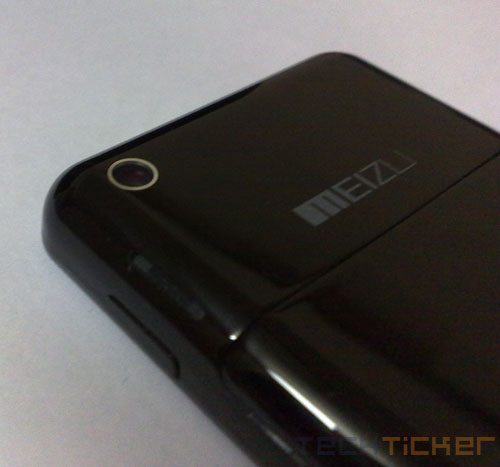
M8 has a 3.2 megapixel camera that captures images at the highest resolution of 2048X1536 pixels and videos at VGA resolution. The photos taken were not really exceptional but it won’t let you down in times of emergencies. Flash, autofocus and other photography features would have been an added bonus.
Calls:
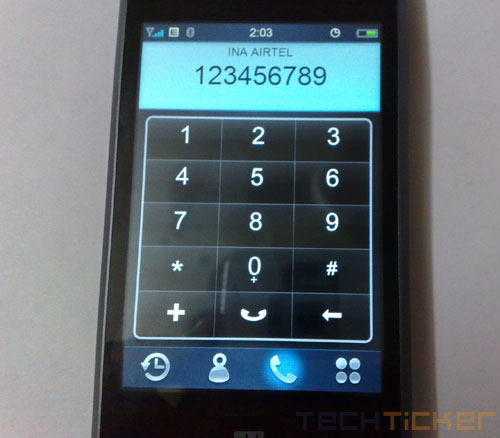
Dialer can be opened by touching the network name on the bottom of the screen or the call button when locked. M8 did not disappoint as far as well its calling capabilities were concerned – call reception and audio quality was good. Another noteworthy feature during calls is its ability to record conversations.
Applications:
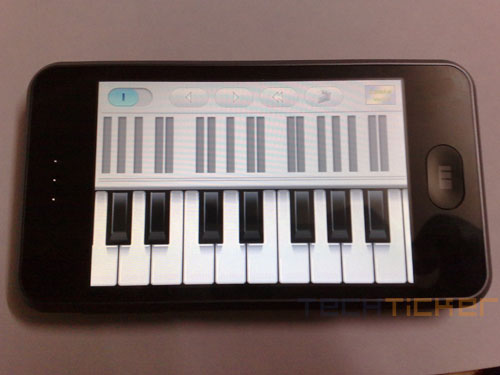
M8 runs on Windows CE platform. But contrary to my expectations, apps for M8 were really hard to find by, until I stumbled upon a Chinese forum known as M8fans. The Piano app is an example of a third party app running on M8.
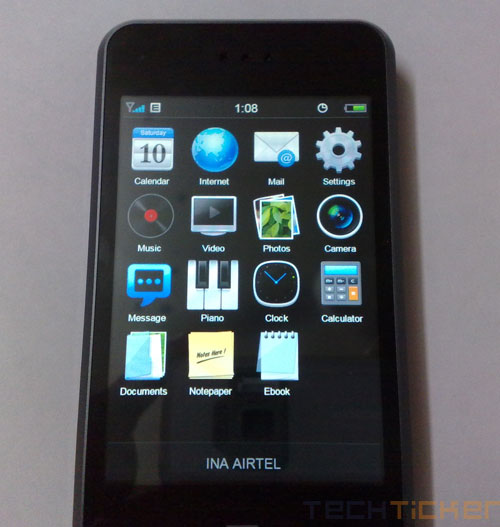
Default apps which came preinstalled were the Ebook and Notepaper. Notepaper is just a notepad app and the Ebook app which I expected to read PDF files, read only txt files.
Performance:
M8’s official specs suggest that it carries a 667 MHz processor and 256MB of RAM. That looks like a decent amount of power to pull off all M8 tricks, isn’t it? In fact, it is not. The phone was sluggish in its performance, sometimes not registering multi-touch gestures correctly, browser crashing at random and a few other issues. However, I was told that the phone was a couple of firmware updates behind and maybe this must have been resolved in the latest firmware update.
Few other features are accelerometer, proximity sensor and Bluetooth (supporting data transfer).
Battery:
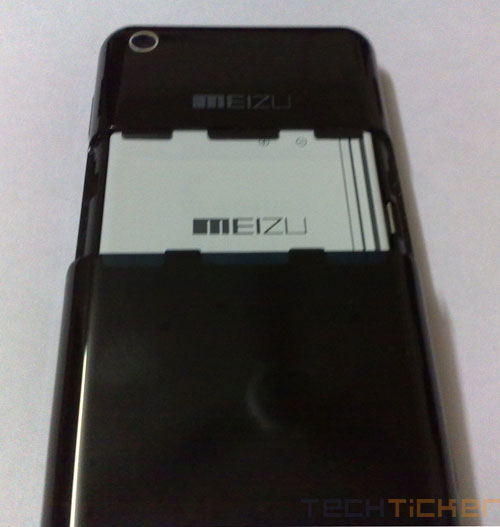
I did a good 3 hours of calling, 1 hour of music and around 30 minutes of video, giving me around 1.5 days of battery life. Decent enough considering the multimedia features of the phone.
Final Thoughts:
Meizu has worked really hard to give it a very iPhone-ish touch and is even backing on the Apple offering to sell itself. The price of iPhone was a major disappointment and Meizu is looking to target those who want iPhone like features but at a less price.
Coming out of the shadow to sell themselves in India (and maybe in other markets) looks like a daunting task for them. People will always perceive it as a carbon copy of the original, no matter if it is the most sophisticated one in the market.
The Indian distributors, Sudarshan & Pyramid India Sales are expecting it to release by the end of this month or next. There is no confirmation on the price yet but the distributors are planning to price it around Rs. 18,000 – Rs. 20,000.
Rating:
![]()
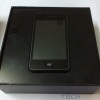
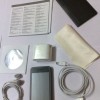
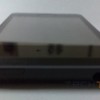
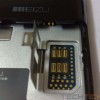
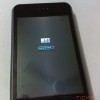
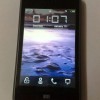
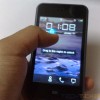
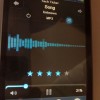
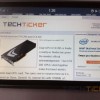
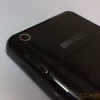

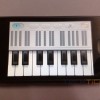
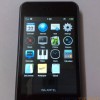
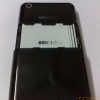
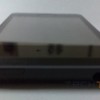
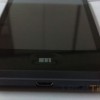
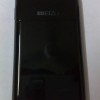
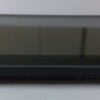

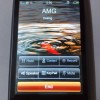
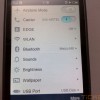
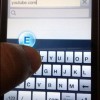
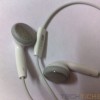
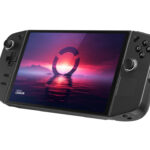




wow ….awesome phone …
Great review…probably one of the first site in India to come up with this review.
We appreciate the work done by Kunal for the Review of the Meizu M8..Thanks Kunal…
but.. is it able to run all programs for Windows CE made until now, or does it need specific versiones made just for the m8?
@Luke WinCE programs work but some programs may not work well with M8.
Just bought this phone after reading the review, it’s a killer !
http://www.twift.com/product_info.php?products_id=345
My two friends and I bought Meizu M8 phones. We thought it was a good deal, but after only 6-8 months of using it, the screens of our phones became unresponsive rendering the phone useless. In my phone, the unresponsive part started from the lower left corner and spread to the entire screen. You can use the PAINT application and shade/color the screen, the dead areas will not be shaded/colored. I tried to search online on how to fix it, but unfortunately, it’s not the same as fixing dead pixels in a computer monitor. Also, having it fixed would cost more than a decent Nokia phone, so I didn’t bother having it fixed. Now, I’m using it only as a paperweight.
It appears to be a great phone from the looks of it but I had a friend who had ordered one that didn’t last very long.
Also, yes the costs of getting the phone are too high. It is just better to go for something else in the first place.
Nostalgia. This article reminded me of the golden era of smartphones.